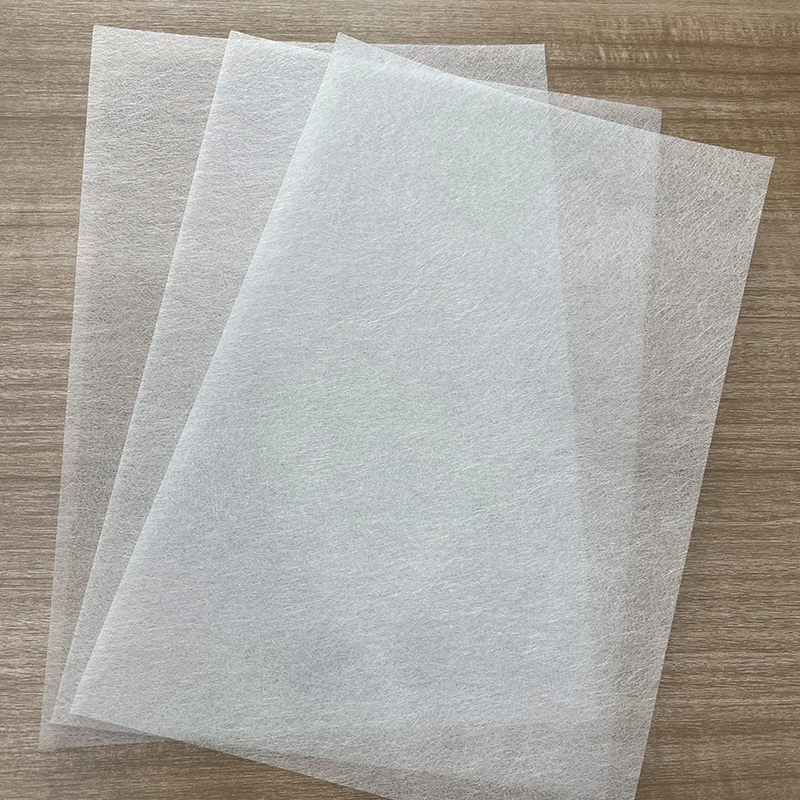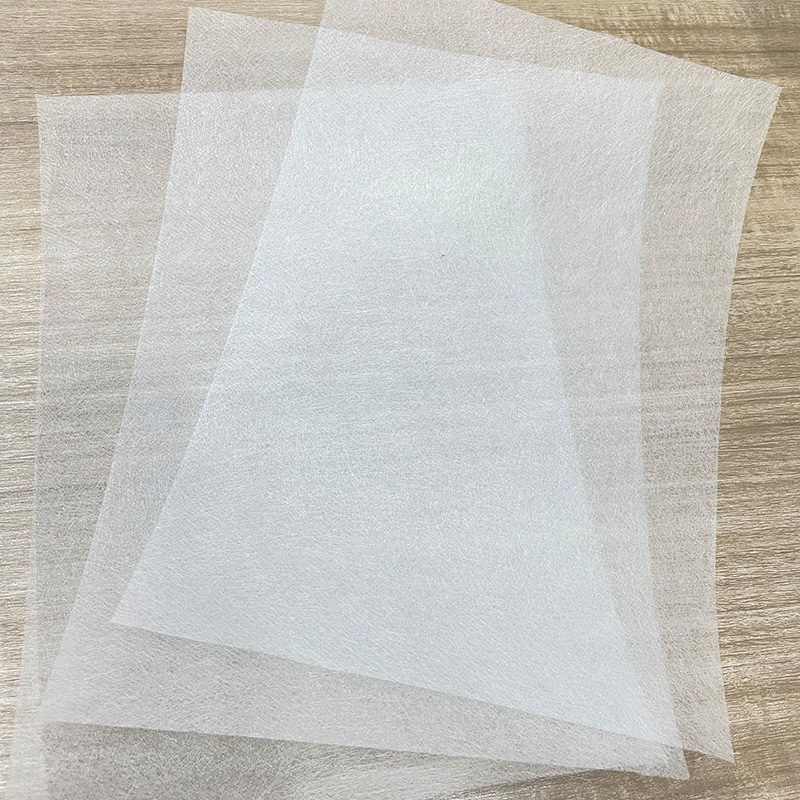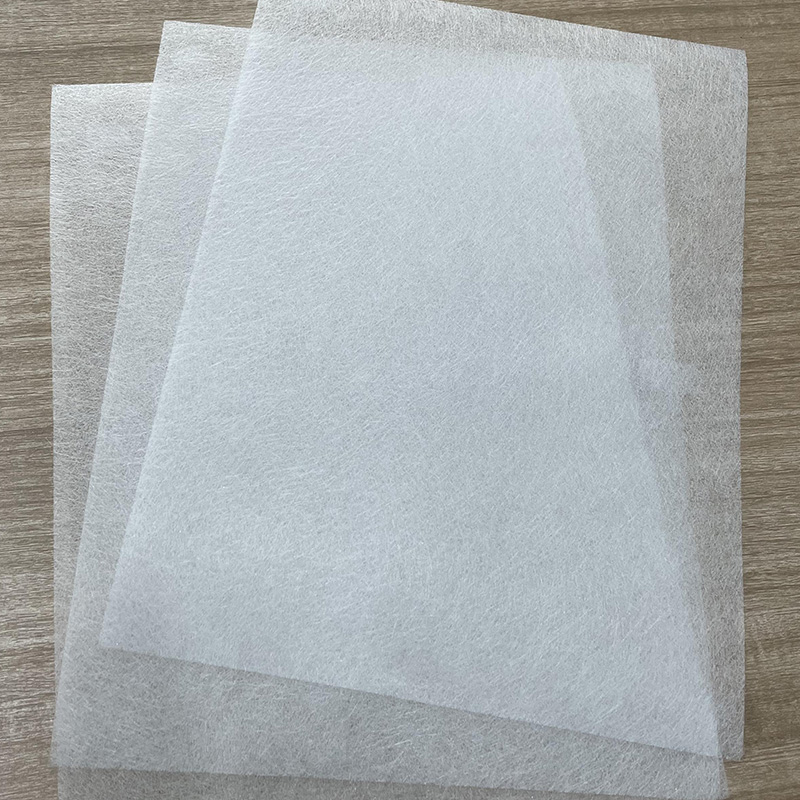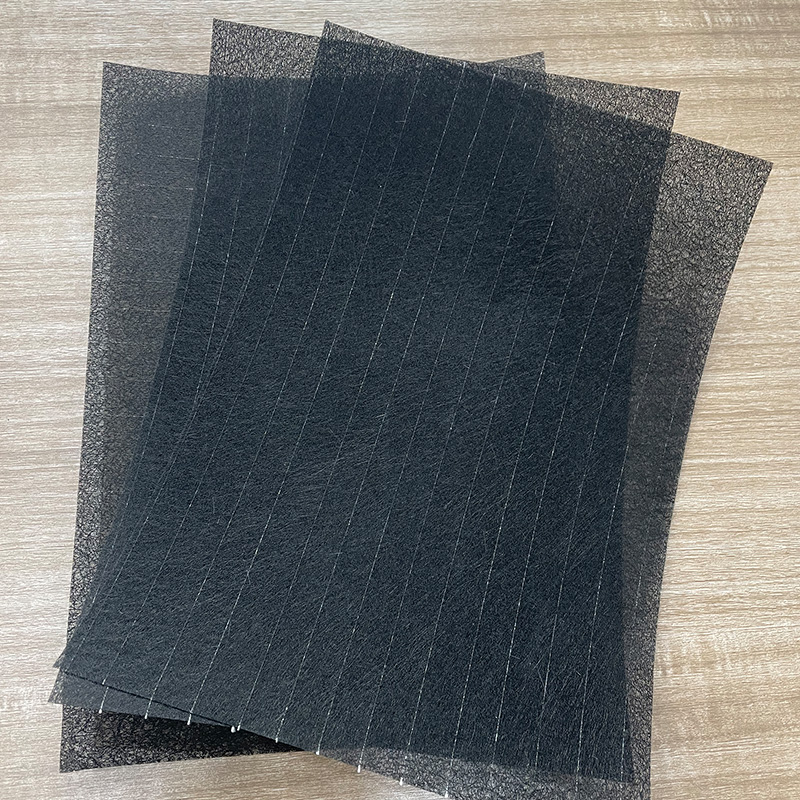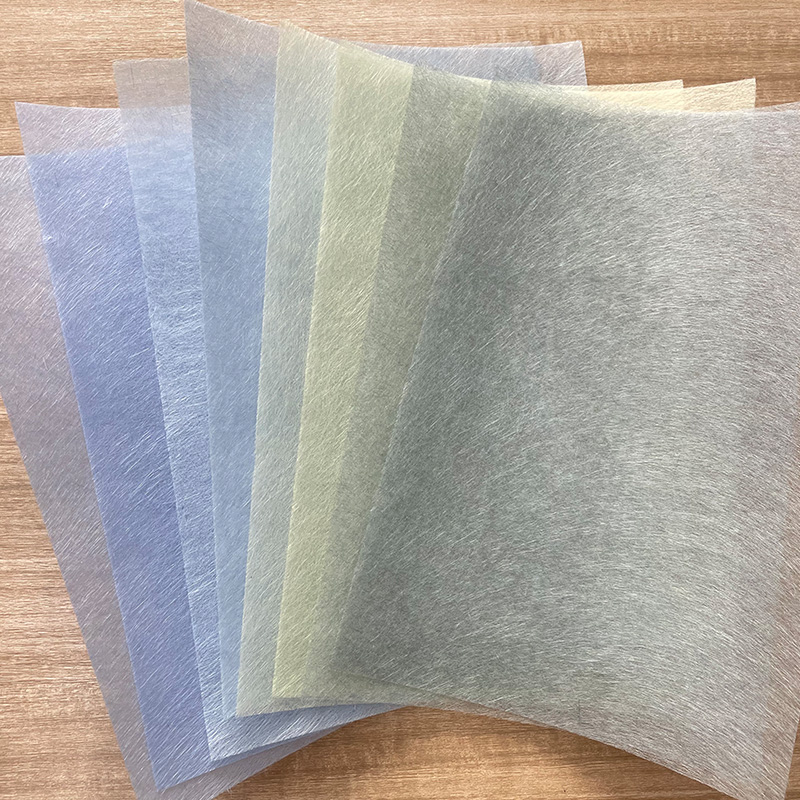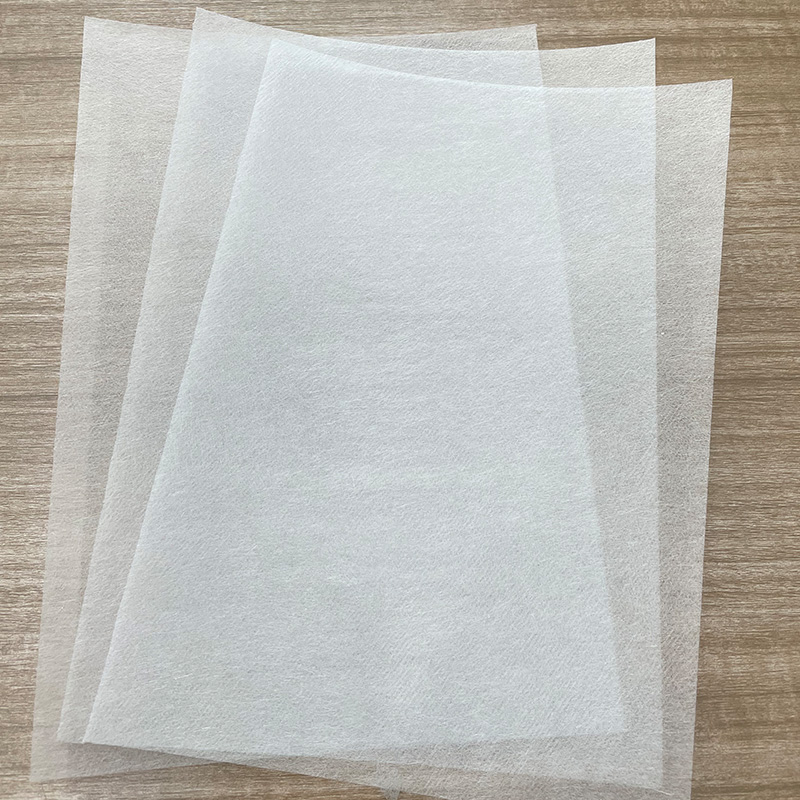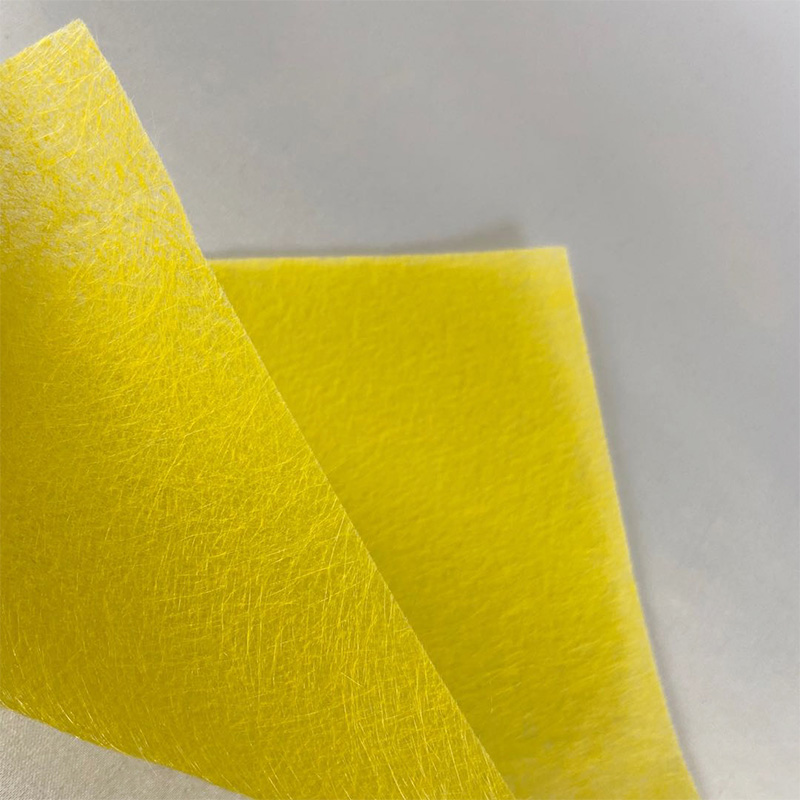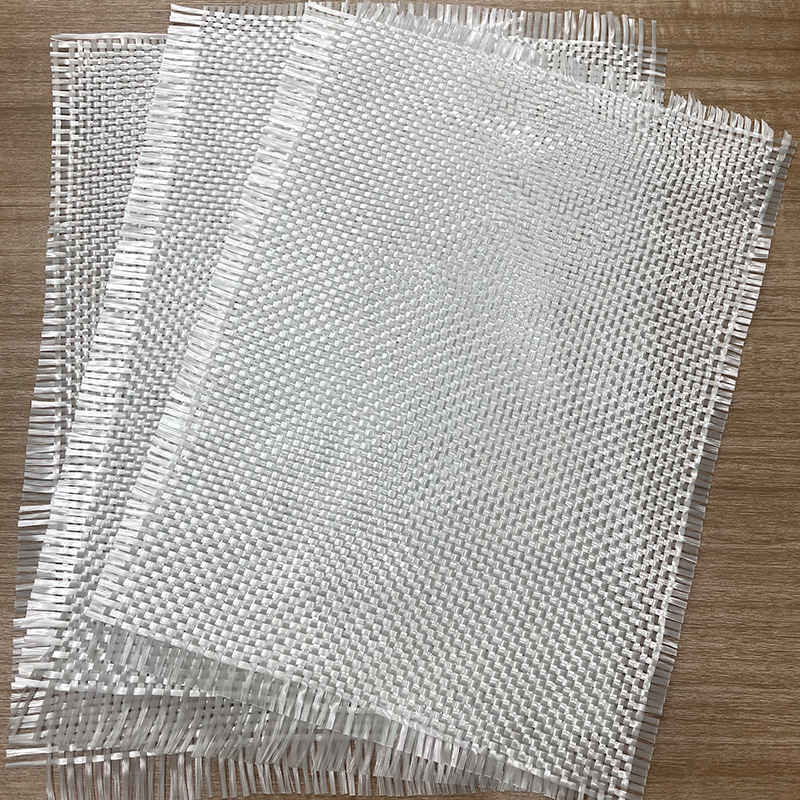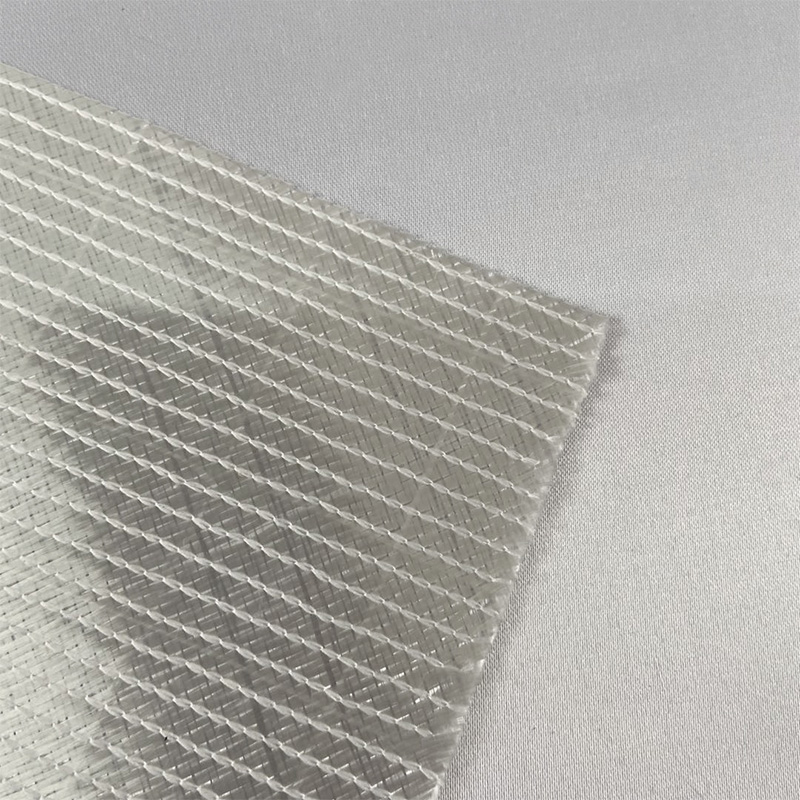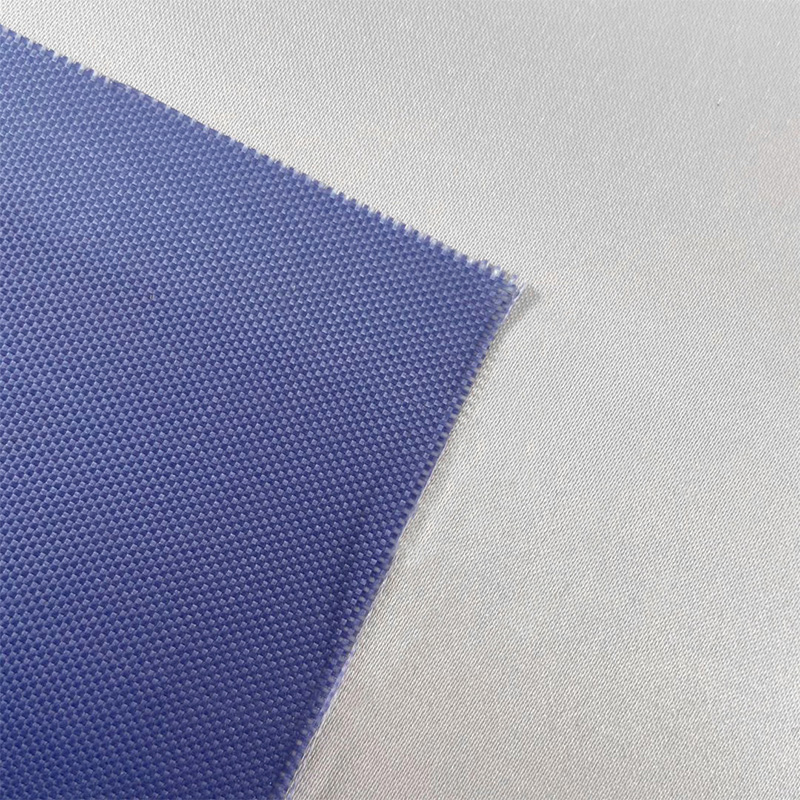In the world of advanced materials, carbon fiber has long been hailed as a wonder substance, prized for its exceptional strength - to - weight ratio. Among the various forms it takes, carbon fiber twill cloth and carbon fiber plain cloth have emerged as two popular choices, each with its own set of characteristics that have sparked a heated debate among engineers, designers, and enthusiasts alike.
Carbon fiber twill cloth is renowned for its distinctive diagonal pattern, which not only gives it an aesthetically pleasing appearance but also contributes to its unique properties. The twill weave, with its characteristic diagonal lines, is created by having the weft yarns pass over two or more warp yarns in a repeating pattern. This results in a fabric that is more flexible compared to its plain - weave counterpart. The flexibility of twill carbon fiber cloth makes it an ideal choice for applications where complex shapes need to be formed. For example, in the automotive industry, it is often used in the production of body panels, spoilers, and interior components. The ability of twill cloth to conform to curves without wrinkling or cracking is a significant advantage, allowing for the creation of sleek and aerodynamic designs. Additionally, the diagonal pattern of the twill weave can also enhance the visual appeal of the finished product, adding a touch of sophistication and high - tech allure.
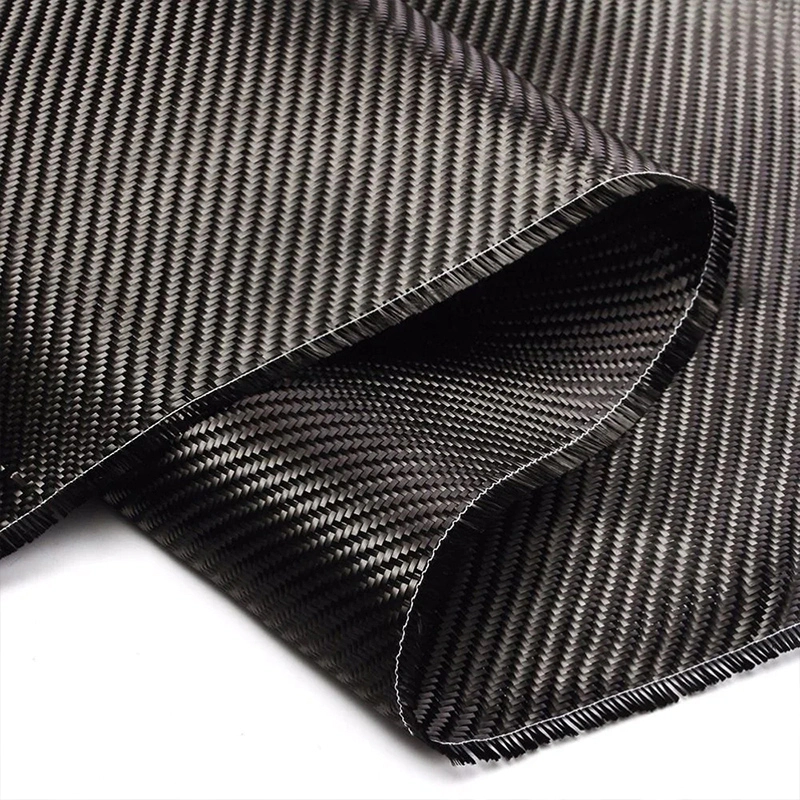
On the other hand, carbon fiber plain cloth features a simple and straightforward weave pattern, where the warp and weft yarns alternate over and under each other in a 1:1 ratio. This basic structure gives plain - weave carbon fiber its reputation for high strength and stiffness. The tight interlacing of the yarns in the plain weave results in a fabric that can withstand high levels of tension and stress. As a result, plain - weave carbon fiber is commonly used in applications where maximum structural integrity is required, such as in the aerospace industry for the construction of aircraft wings, fuselages, and engine components. In these critical applications, the superior strength and stiffness of plain - weave carbon fiber can help to reduce weight while maintaining the necessary levels of safety and performance.
The controversy between twill and plain carbon fiber cloth centers around their respective performance characteristics and suitability for different applications. Proponents of twill cloth argue that its flexibility and aesthetic appeal make it the better choice for applications where form and function need to be balanced. They point to the automotive and consumer electronics industries, where the ability to create complex shapes and attractive designs is often a top priority. In contrast, advocates of plain - weave carbon fiber emphasize its superior strength and stiffness, making it the go - to option for high - stress applications in aerospace, sports equipment, and industrial machinery.
One area where the debate becomes particularly intense is in the field of sports equipment. For example, in the production of tennis rackets, some manufacturers prefer to use twill carbon fiber cloth to achieve a more flexible and responsive frame, which can enhance the player's feel and control of the ball. Others, however, opt for plain - weave carbon fiber to create a stiffer racket that can generate more power on serves and groundstrokes. Similarly, in the construction of bicycle frames, the choice between twill and plain carbon fiber can have a significant impact on the bike's performance, with twill offering better shock absorption and plain providing greater rigidity for efficient power transfer.
Another factor contributing to the controversy is the cost difference between the two types of carbon fiber cloth. Generally, twill - weave carbon fiber is more expensive to produce due to its more complex manufacturing process. The additional steps required to create the diagonal pattern in the twill weave, as well as the need for more precise control over the weaving process, can drive up production costs. As a result, products made from twill carbon fiber are often priced higher than those made from plain - weave carbon fiber. This cost differential can influence the decision - making process for manufacturers and consumers alike, especially in price - sensitive markets.
Despite the ongoing debate, it is important to note that neither twill nor plain carbon fiber cloth is inherently superior to the other. The choice between the two ultimately depends on the specific requirements of the application at hand. In some cases, a combination of both types of carbon fiber cloth may be used to achieve the desired balance of properties. For example, in the construction of a high - performance racing car, twill carbon fiber could be used for the body panels to enhance aerodynamics and visual appeal, while plain - weave carbon fiber could be used for the chassis and suspension components to ensure maximum strength and stiffness.
As the demand for advanced materials continues to grow, researchers and manufacturers are constantly exploring new ways to improve the performance and properties of carbon fiber cloth. This includes the development of new weaving techniques, the use of innovative resins and coatings, and the integration of carbon fiber with other materials to create hybrid composites. These advancements are likely to further complicate the debate between twill and plain carbon fiber cloth, as new and improved versions of both types of fabric become available.
In conclusion, the controversy surrounding carbon fiber twill cloth and carbon fiber plain cloth is a reflection of the ongoing quest for the perfect material. Both types of carbon fiber cloth offer unique advantages and disadvantages, and the choice between them depends on a variety of factors, including the specific application, performance requirements, cost, and aesthetic preferences. As the technology continues to evolve, it is likely that we will see even more innovative uses for carbon fiber in the future, further blurring the lines between twill and plain and challenging our perceptions of which type of carbon fiber cloth is truly the best.

 English
English 中文简体
中文简体 русский
русский Español
Español